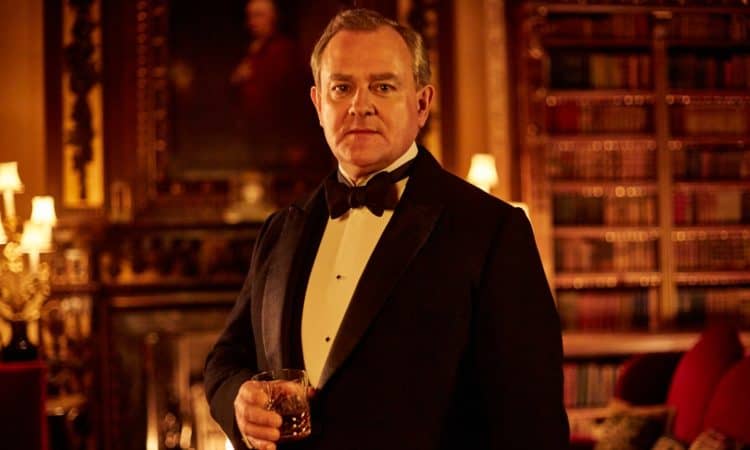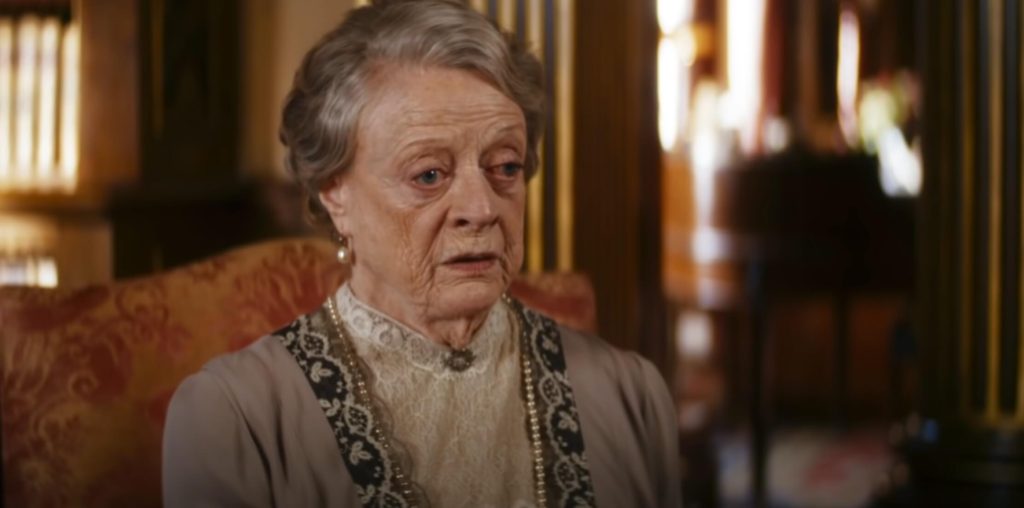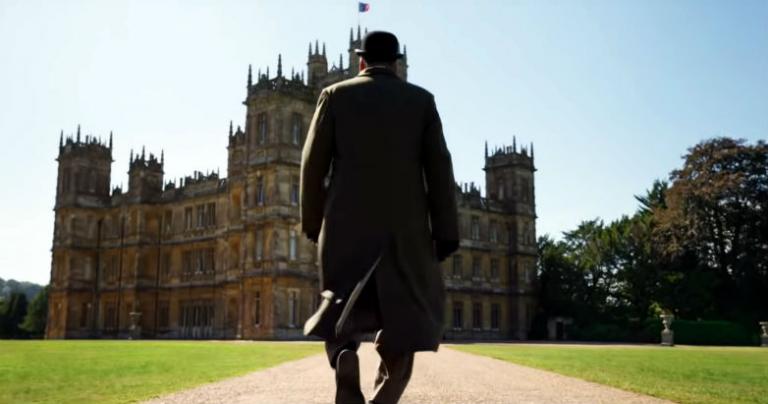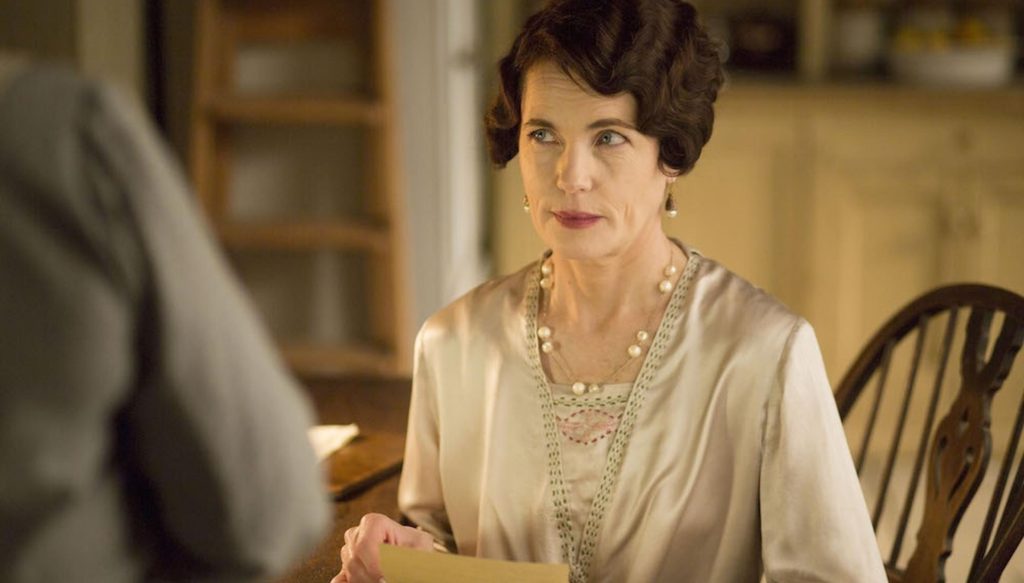
In Downton Abbey: A New Era, writer Julian Fellowes adds a chapter to the saga of the characters he created in the beloved television series. It follows the 2019 movie Downton Abbey which I liked and thought had wrapped up all the story lines. But, apparently, there was more wrapping up to do, and Downton Abbey: A New Era begins with a wedding, ends with a funeral and a birth, and constitutes a fitting farewell to Maggie Smith’s unforgettable Violet Crawley, Dowager Countess of Grantham.
The trailer is misleading, and suggests a fish-out-of-water romp with the most English of aristocrats and servants visiting France. Some characters do go to France, but they uncover a dramatic mystery that goes to the roots of the family’s identity. While they are gone, Lady Mary rents the Great House to a movie studio as a set, just as silent films are being replaced by the talkies; the predictable culture clash ensues.
This time, Hugh Bonneville gets to showcase his acting chops. Usually his Robert Crawley, Earl of Grantham, stands around in stiff correctness, placidly content with the old ways and irritated by any modernity, while smarter female relatives and servants manage up. In Downton Abbey: A New Era, he experiences the strongest emotions, and his fear of loss illuminates what really means the most to him.
To appreciate what his lordship faces in France, it bears remembering that the very first two episodes of Downton Abbey revolved around that most arcane rule of heredity, that of the entailment of estates. As they obsessed over breaking the entail, the characters seemed dressed for the 1900s, but with their feet firmly planted in the 13th century. Here is the best explanation of hereditary property laws and their original rationale.
On a lighter note, I must observe that the inept Molesley (Kevin Doyle), whose innocent earnestness led him into the most spectacular faux pas, has grown into the series’ funniest character not named Violet.

We do get to enjoy a dose of Maggie Smith’s wonderful Violet. The cast does well in general, and Dominic West is great fun as silent film star Guy Dexter.
The one thing I disliked in the film is admittedly an Inside Baseball complaint. The character of the French aristocrat’s mother is one-dimensional and never evolves. That doesn’t bother me, but this stiff, underwritten minor character is played by Nathalie Baye, who is France’s greatest screen actress. (think Meryl Streep level). It’s a waste of Baye’s time and talent.
Director Simon Curtis doesn’t waste a second letting the camera linger on something that doesn’t move the plot; some of the transtions are abrupt, but at least the movie doesn’t drag. Curtis is a prolific TV director who has only directed five feature films (one of them being the very good My Week with Marilyn).
If you’re not already a Downton Abbey fan, there isn’t anything much in this movie for you. But if you are a Downton Abbey fan, it will be entertaining. Downton Abbey: A New Era is now in theaters.


